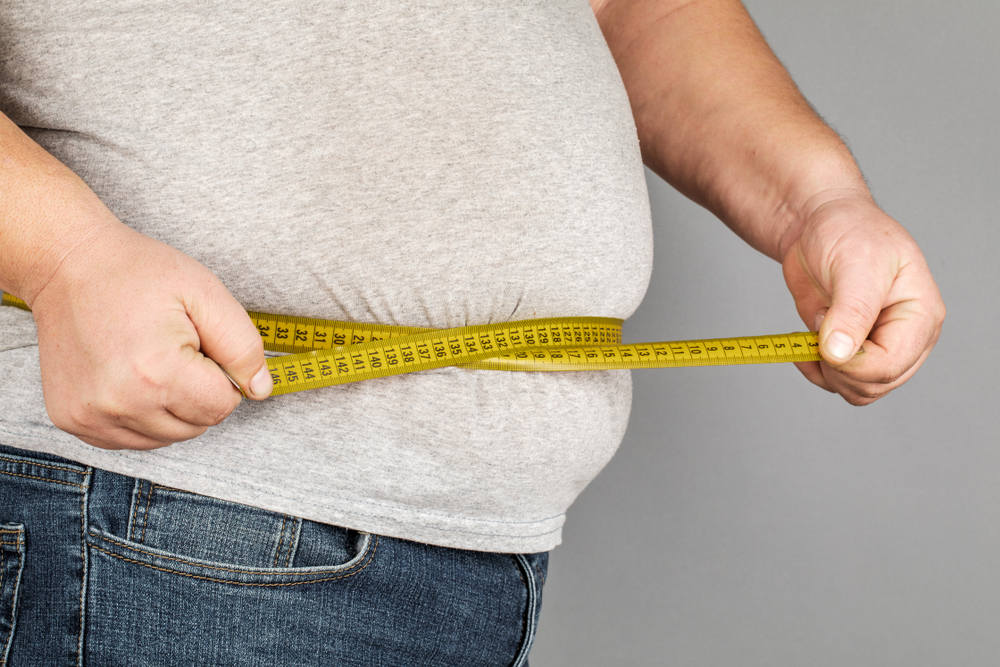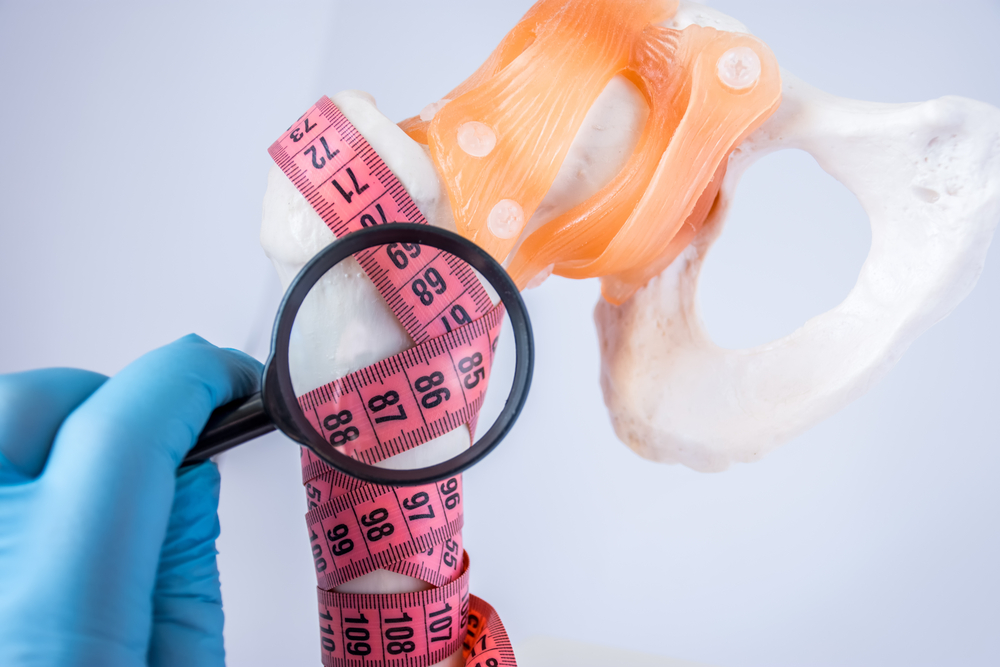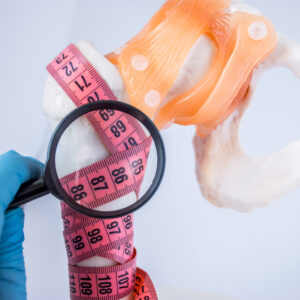What do I need to know about Visceral Fat/Belly Fat?
The fat you can pinch is subcutaneous fat (the one that lies just beneath the skin). The fat inside your belly (the visceral fat) can be seen and measured, but not pinched. Fat accumulated in the lower body (as in the ‘pear shape’ body) is subcutaneous, while fat in the abdominal area (as in the ‘apple shape’ body) is largely visceral. According to Harvard Health, 10 percent of a person’s total body fat will be visceral fat. Where fat ends up is influenced by several factors, including heredity and hormones. Visceral fat has been linked to metabolic disturbances and increased risk for heart disease and type 2 diabetes. In women, it is also associated with breast cancer and the need for gallbladder surgery.
Research shows that even if your weight and body fat remains constant, as you get older the distribution of fat changes and is more likely to shift to the abdominal area.
How to determine your visceral fat?
Waist Measurement
A useful way to determine how much visceral fat a person is carrying is by measuring the size of their waist. A woman whose waist measures 35 inches or more and a man whose waist measures 40 inches or more, is likely to have excess visceral fat.
Body composition monitors (like Tanita)
This measures a person’s visceral fat on a scale between 1 and 59. Visceral fat levels should be under 12 on this scale. Anything above 12 on this scale means that a person will need to think about making immediate changes to their diet and lifestyle.

| Healthy 1-12 | Indicate you have a healthy level of visceral fat. Continue monitoring your rating to ensure it stays within the range |
| Excessive 12-59 | Indicate you have an excess level of visceral fat. Consider making changes in your diet and/or increase the amount of exercise you do. |
What causes increased visceral fat being stored in the body?
Lack of physical exercise
This leads to excess weight and fat accumulation in the body.
Stress
This can also play a role in storing excess visceral fat. This is because when someone is stressed, their body releases a hormone called cortisol, which increases how much visceral fat a person’s body stores.
An unhealthy diet with high carbs/sugar intake
High intake of junk/processed foods also leads to the accumulation of fat.
Excess alcohol intake
Several studies have shown that drinking too much alcohol may encourage fat to be stored as visceral fat
Is visceral fat harmful?
One reason excess visceral fat is so harmful could be its location near the portal vein, which carries blood from the intestinal area to the liver. Substances released by visceral fat, including free fatty acids, enter the portal vein and travel to the liver, where they can influence the production of blood lipids. Visceral fat is directly linked with higher total cholesterol and LDL (bad) cholesterol, lower HDL (good) cholesterol, and insulin resistance.
Health risks of carrying excess visceral fat include:
- Heart attacks
- Heart disease
- Type 2 diabetes
- Raised blood pressure
- Stroke
- Breast and colorectal cancer
- Alzheimer’s disease
- Increased insulin resistance
How to stay off from building up visceral fat?
- Regular Exercise
Exercise is an excellent way to reduce visceral fat. One should include both cardio exercises (like running, cycling, swimming, etc.), which raises a person’s heart rate, and strength training (weights, squats, pushups), to improve muscle size.
- Reduce Stress
Relaxation techniques, such as meditation, deep breathing, and other stress management tactics can be beneficial. Getting adequate sleep is also essential.
- Diet
A healthy diet that is low in sugar and processed foods will also help a person lose weight and shift excess visceral fat. A healthy diet should include:
- lean proteins
- fruit and vegetable
- complex carbohydrates, such as sweet potatoes, beans, and whole grains.
- Boiling, steaming, baking, and grilling foods will help to make meals healthier and lower in fat.
- Limit alcohol intake
This can reduce excess calories being stored.
Make Appointment for Dietitian Service
Bowtie & JP Health provides a full range of medical services, including body composition analysis and dietitian services. Call 3169 2269 or click here to make an appointment!







